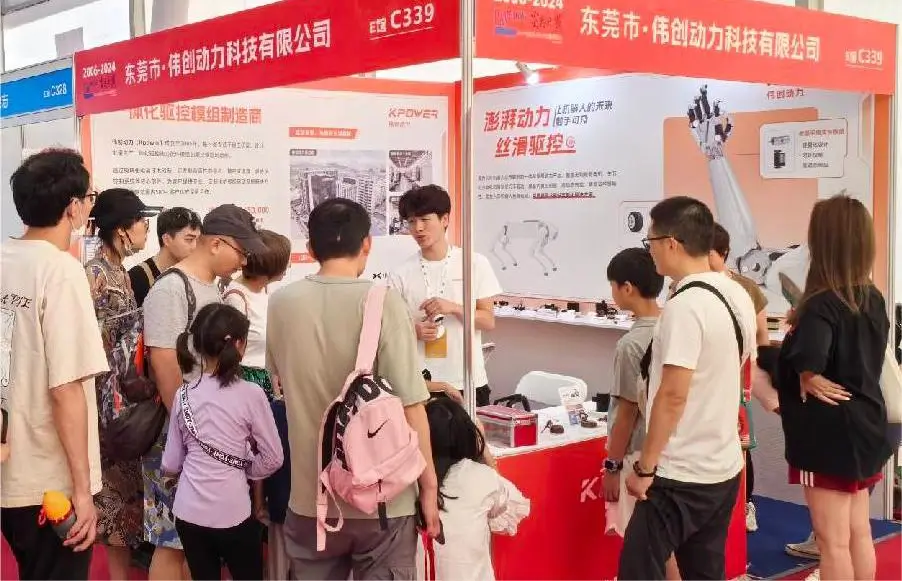part 1:
Imagine a tiny robot arm delicately picking up a fragile glass or a drone adjusting its wings with pinpoint accuracy—these feats of precision are made possible by a key component in robotics and automation: the servomotor. When paired with an adaptable and accessible platform like Arduino, servomotors offer an expansive universe of creative opportunities, whether you're crafting a robot, an automated art installation, or a smart home device.

The magic behind the scene: what is a servomotor? At its core, a servomotor is a compact device designed to turn to a specific position, hold still, or move smoothly to a new angle. Unlike basic motors, which just spin continuously, servomotors accept commands about their position—making them perfect for tasks requiring exact placement. They typically include a small built-in control circuit and a feedback mechanism, allowing for precise control over movement.
Why use a servomotor with Arduino? Arduino, the open-source microcontroller platform cherished by hobbyists and engineers alike, simplifies interaction with electronic components. Combining Arduino's ease of use with the versatility of servomotors unlocks countless possibilities— from simple hobby projects to complex automation systems. Whether your goal is to develop a camera that follows your face, create a robotic hand for remote tasks, or design an interactive art piece, this pairing is both powerful and accessible.
Getting started: understanding the components To launch into programming a servo with Arduino, you’ll need a few essentials:
An Arduino board (Uno, Nano, Mega, etc.) A servomotor (standard hobby servo like SG90 or MG996R) Jumper wires and a breadboard for connections Power supply suitable for your servo (sometimes dedicated power is needed, especially for multiple servos) The Arduino IDE software installed on your computer.
Basic wiring setup Connecting a servo to Arduino is straightforward. Typically, a servo has three wires:
Power (red) — connects to 5V on Arduino or external power Ground (black or brown) — connects to Arduino GND Signal (white, yellow, or orange) — connects to a digital PWM pin
For a simple project, you might connect:
Red wire to Arduino 5V (or an external supply) Black wire to GND Signal wire to digital pin 9
It's worth noting that powering servos solely from the Arduino’s 5V pin may work for small, low-current servos. For larger servos or multiple units, an external power source is strongly recommended.
Programming your first servo: the simplest code Once your hardware is wired, it’s time to write some code. The Arduino IDE provides a Servo library that simplifies control. Here’s a basic sketch:
#include Servo myServo; void setup() { myServo.attach(9); // Attach the servo to pin 9 } void loop() { myServo.write(0); // Move servo to 0 degrees delay(1000); // Wait for 1 second myServo.write(90); // Move servo to 90 degrees delay(1000); // Wait for 1 second myServo.write(180); // Move servo to 180 degrees delay(1000); // Wait for 1 second }
This simple program makes the servo rotate to three positions with pauses in between. It’s a perfect starting point, showcasing how easy it is to control servo position with just a few lines of code.
Understanding the code
#include brings in the library to manage servo control. Servo myServo; creates a servo object. attach(9); binds the servo object to digital pin 9. write() commands set the servo position in degrees.
Once uploaded, watch your servo respond—something that once seemed like magic now becomes a clear, programmable motion.
Beyond basics: controlling speed and acceleration While the basic write() commands position your servo, more advanced programming can add smooth transitions, variable speeds, and even feedback mechanisms. For example, smoothly moving a servo from 0 to 180 degrees over several seconds requires incremental position changes in a loop, updating the servo’s angle in steps.
Real-world applications The potential is vast. For a robotic arm, you can program each joint’s servo to move with precise timing. For a camera gimbal, fine-tuned adjustments ensure steady footage. In art installations, servos can make parts of an interactive sculpture move gracefully in response to viewers.
Troubleshooting common issues
Servo jitter or erratic movement often results from power supply problems. Using a dedicated external power source can stabilize operation. Ensure your code’s attach() function targets the correct PWM pin. For multiple servos, consider libraries like ServoManager to manage concurrent control efficiently.
Why this matters Understanding how to program a servo motor with Arduino lays the groundwork for countless innovations. It offers a hands-on approach to learning about electronics, coding, and mechanical motion—all while enabling you to bring your creative ideas to life. Whether you're a hobbyist or an aspiring engineer, mastering this skill opens doors to a world of smart, responsive projects.
Established in 2005, Kpower has been dedicated to a professional compact motion unit manufacturer, headquartered in Dongguan, Guangdong Province, China.




































